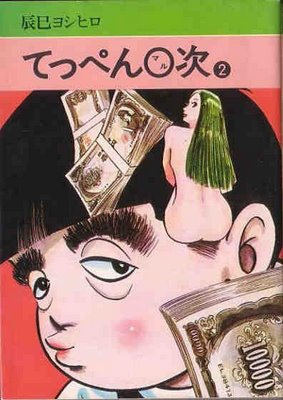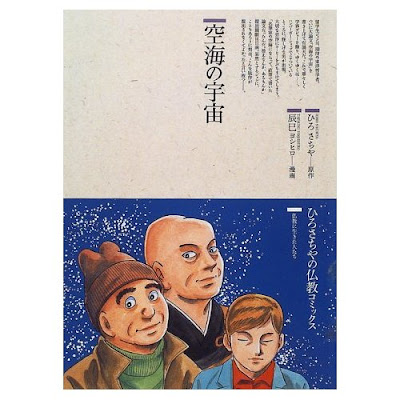So I’m back from my summer gig as a teacher to feral high school students and I’m stepping down from blogging here at the Hooded Utilitarian.
No juicy gossip behind it, unfortunately.
I’m just joyously busy with business and life, requiting this & that, and setting aside most of my critical work. Instead I’ll pull some creative projects out from their dust clothes. Also, I’ve learned some very nice swears in Arabic (unrelated).
I have some articles & reviews coming from TCJ, as well as my desultory blog at my own site. I will change its focus from reviews into a freer, more personal notebook. Which had already happened, actually.
As to the Utilitarian, it’s been quite a pleasure to spend a while here in the company of these writers. Noah’s great to work with, and everyone else is a joy to read and spar with in the comments. I always enjoyed that I never had any idea what the next post would be about, or what angle it might take. Some ways of reading, like those informed by gender, don’t come naturally to me, so I’ve profited from them. And I never found my own critical perspective flattered. Which is why I’ll still be reading. And why I’m sad I to go.
I want to leave on this note:
In the Summer 2009 issue of Bidoun, a magazine of arts & culture from the Middle East, there’s an interview with the four cartoonists behind Samandal, a trilingual comics anthology published out of Lebanon. (You can download the first three issues of the young, so far middling anthology– I liked Sandra Ghosn’s entry in #3, anyway.)
A lot of the interview’s childhood nostalgia between Fdz and Hatem Imam. Some standard fare about comics’ junk status meaning political freedom, about censorship. This and that.
And there’s this:
NA: Who’s your youngest contributor?
FDZ: Hashem Raslan. He’s in high school. He sent us a comic about killing his teachers. I think he’s the youngest. Then there are the girls in Tripoli– they’re maybe nineteen.
NA: Who are the girls in Tripoli?
OMAR: They contacted us with a submission. They are very shy and quiet– three veiled girls who are influenced most by yaoi manga, which are Japanese comics about beautiful boys that fall in love with each other. It’s a genre. I found it very peculiar.
NA: Do they know Japanese?
OMAR: No, they were reading online fan translations, which have horrendous English. …The girls submitted tales of unrequited love!









